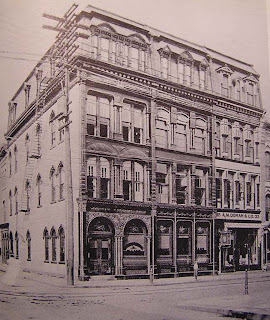His famous photographs were the battle at Antietam. In these pictures, we can see the outcome of the war unlike Roger Fenton's style of photography where you don't see dead bodies lying on the ground. He also covered the Battle of Fredericksburg and Battle of Gettysburg.
Later, he also documented Lincoln's funeral and the execution of the conspirators of Lincoln's assasination.
Brady and Gardner
Brady and Gardner both covered the American Civil War. Their style of photography is very much similar. They would take images of the real war. There were dead bodies lying on the ground as the result of the war. The only difference between them is when the Civil war ended Gardner continued to work as a photographer for the government. On the other hand, Mathew Brady’s success declined and eventually made him bankrupt. After the Civil war, Gardner continued his work and was commissioned to photograph Native Americans. Also, he became the official photographer of the Union Pacific Railroad, and was able to capture the laying down of track for the railroad in Kansas.
Capa and Gardner
Robert Capa and Gardner were both war photographers. Capa’s photography style was different because he took pictures when the war is going on contrary to Gardner’s style where he would take images of war aftermath. Robert Capa wore military uniforms, rode in tanks, jumped out of planes, dodged bullets and marched in the front lines in order to get a shot. He was like the photographer in action. He also covered five conflicts in three different continents unlike Gardner and the others who only did one.














